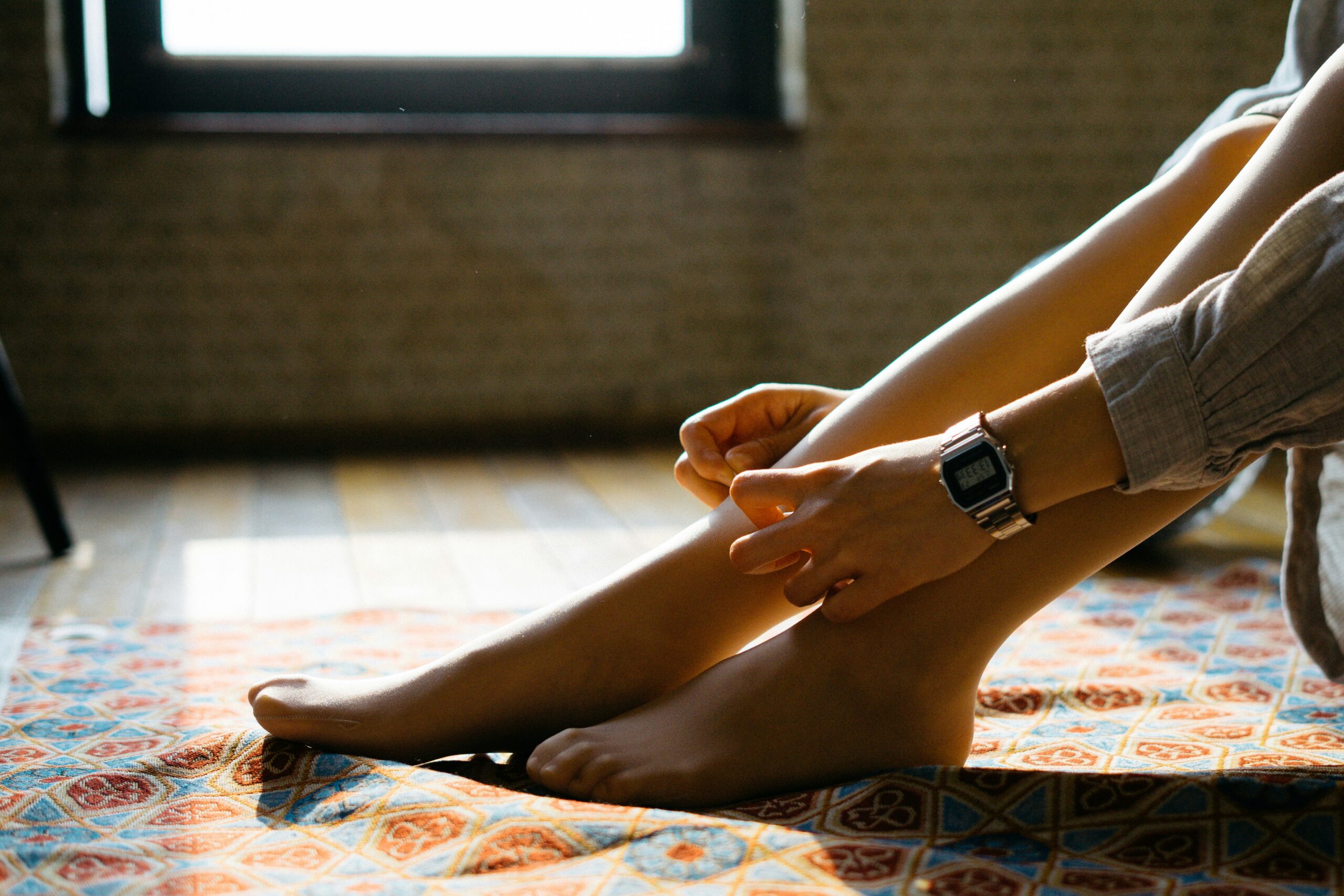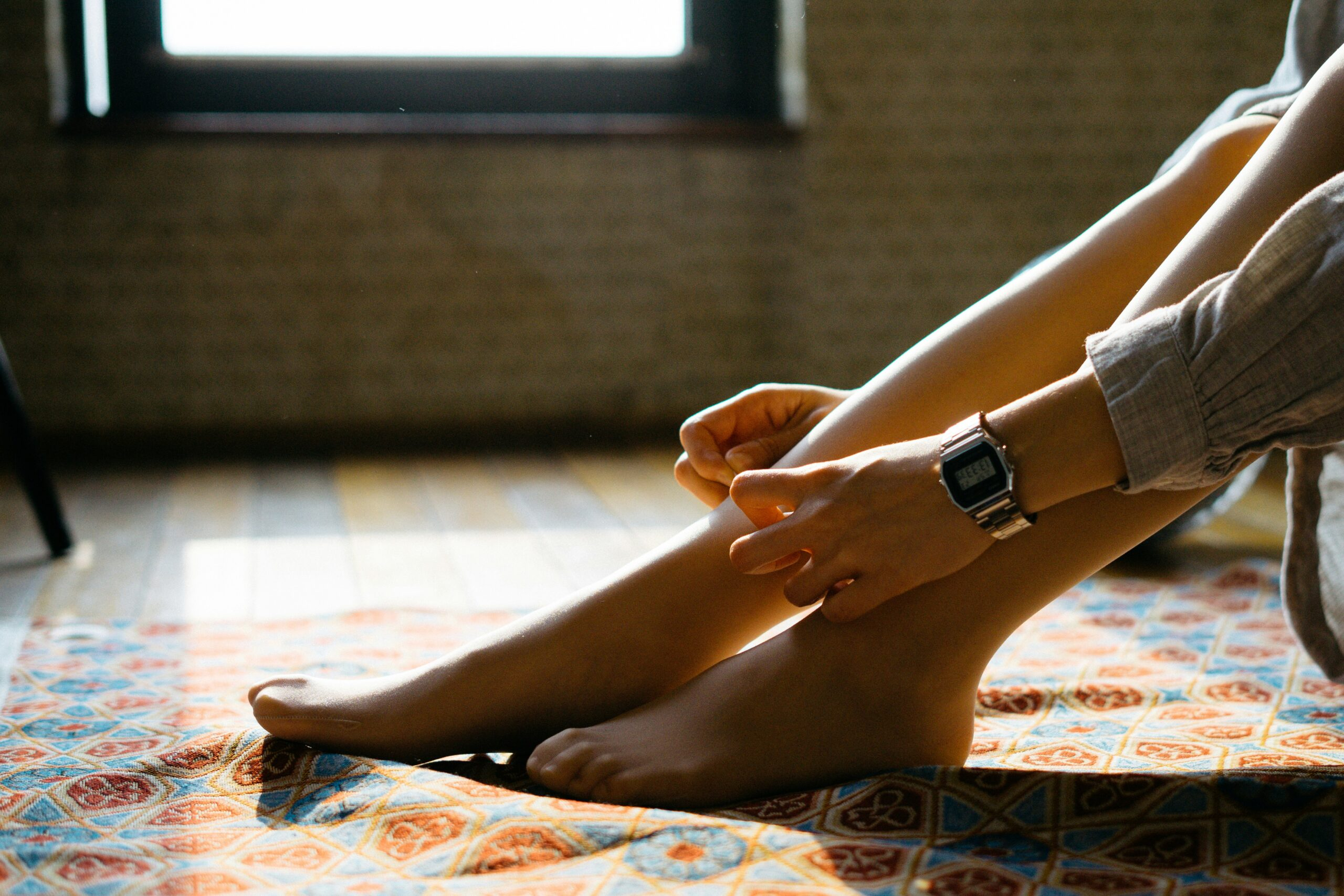Your cart is currently empty!

The Importance of Dressing Well: Why Your Wardrobe Matters

The Psychological Impact of Dressing Well
Dressing well plays a vital role in shaping an individual’s self-perception and confidence levels. Research indicates that the clothes we wear significantly impact our mental state and motivation. One study found that individuals who dressed in formal attire exhibited higher levels of abstract thinking, showcasing how clothing choices can affect cognitive processes. When we invest in our appearance, it often translates into a more positive self-image, fostering a sense of empowerment that enhances our overall outlook.
Moreover, a well-curated wardrobe serves as a powerful form of self-expression. Personal style allows individuals to convey their identities and values without the need for words. Consequently, this expression not only influences how we perceive ourselves but also how we are perceived by others. Studies indicate that well-dressed individuals are often viewed as more professional, capable, and trustworthy. Such perceptions can have tangible benefits in both personal and professional interactions, ultimately shaping relationships and collaborative efforts.
The connection between dressing well and motivation is significant. Wearing attire that aligns with our goals can inspire action and increase productivity. For instance, athletes often wear specialized gear to enhance their performance and motivate them, a concept that can be translated to everyday life. When individuals dress in a manner that reflects their aspirations—be it a job interview, a presentation, or a social gathering—they may experience a boost in motivation that propels them toward success.
In summary, the psychological effects of dressing well are profound. The relationship between clothing choices, self-confidence, motivation, and interpersonal connections highlights the importance of conscious dressing. By understanding this interplay, individuals can leverage their wardrobe not just as a means of personal expression but as a tool for enhancing their overall mental well-being.
First Impressions: Dressing for Success
Dressing well is often one of the most critical aspects when it comes to making a strong first impression. Research in social psychology indicates that individuals tend to form assessments of a person’s professionalism, trustworthiness, and competence within mere seconds of encountering them. This rapid judgment underscores the significance of one’s wardrobe, as clothing serves as a non-verbal communicator of identity and status in both personal and professional environments.
When attending interviews, for instance, candidates are frequently perceived through the lens of their attire. A polished and appropriate wardrobe can convey dedication and seriousness about the opportunity at hand. Conversely, a lack of attention to one’s appearance may create an impression of carelessness, casting doubt on the individual’s capabilities. Employers and colleagues alike often subconsciously equate the quality of dressing with the quality of work. Thus, the implications of wardrobe choices can potentially affect career trajectories, communication effectiveness, and networking opportunities.
Moreover, the importance of dressing well extends beyond formal situations; casual encounters can also significantly impact how one is perceived. Whether at social gatherings or professional networking events, attire plays a role in determining the level of openness and trust attributed to an individual. For example, wearing suitable clothing that aligns with the demographics of an event can help facilitate connections by fostering a sense of belonging and respect among peers. This is particularly essential in environments where initial interactions can shape long-lasting relationships.
In conclusion, the way individuals present themselves through their wardrobe holds tremendous value. By dressing appropriately, one can effectively influence the perceptions of others, paving the way for success in various aspects of life. The insights from social psychology highlight the undeniable link between attire and the reception of one’s capabilities, making it crucial to curate a wardrobe that enhances personal and professional experiences.
The Role of Fashion in Professional Environments
In the realm of professional environments, the significance of dressing well extends far beyond mere aesthetics. Fashion plays a pivotal role in shaping perceptions, influencing workplace dynamics, and potentially impacting one’s career progression. A carefully curated wardrobe that aligns with industry norms can project confidence, competence, and credibility, which are essential traits in any professional setting.
Understanding the appropriate dress codes specific to one’s industry is vital. For instance, corporate sectors tend to favor more formal attire, while creative industries might embrace a more relaxed or avant-garde style. Adhering to these fashion norms not only demonstrates respect towards the company culture but also enhances the individual’s visibility within their professional landscape. Colleagues and superiors are likely to respond favorably to those who present themselves in alignment with established normative standards.
A wardrobe that balances professionalism with personal style is key to effective self-expression while maintaining a credible appearance. Gaining insights into essential pieces can aid individuals in making intentional clothing choices. Investing in quality garments, suitable footwear, and appropriate accessories can elevate an outfit from standard to remarkable. Additionally, incorporating personal touches—be it a signature color or unique accessory—can help one stand out in a positive manner without straying from professional expectations.
Moreover, beyond the immediate workplace dynamics, dressing well can also have a long-term impact on career trajectory. Individuals who are mindful of their attire often find themselves presented with more opportunities, as they are seen as polished and ready for advancement. In summary, dressing well in professional environments is crucial; it fosters a sense of confidence, enhances first impressions, and ultimately contributes to career success. By acknowledging the influence of fashion in professional settings, individuals can strategically curate their wardrobes to align with their professional aspirations.
Practical Tips for Dressing Well
Dressing well involves a combination of understanding personal style, selecting quality garments, and maintaining them over time. To enhance your wardrobe without straining your budget, start by building a versatile collection of key pieces. Invest in classics such as a tailored blazer, well-fitted trousers, and quality white shirts. These items can be mixed and matched to create a variety of outfits suitable for different occasions. Thrifting or shopping at outlet stores can also yield high-quality items at fraction of their original price.
When selecting garments, pay attention to colors and fits that complement your body shape and skin tone. Neutral colors such as black, navy, and beige can serve as a strong base, allowing for easy layering with bolder accents and patterns. Additionally, choosing clothing that accentuates your strengths will not only enhance your appearance but also boost your confidence. For example, if you have a strong waistline, consider dresses or tailored tops that emphasize that feature.
Accessorizing is a key component of dressing well. The right accessories can elevate even the simplest outfit. Start with a selection of versatile items, such as a classic watch, structured handbag, and a few statement pieces of jewelry. Scarves and belts are also excellent options to add flair while ensuring a polished appearance. Remember that less can be more; avoid overcrowding your outfit with too many accessories to maintain a sophisticated look.
Finally, prioritizing garment care is essential for long-lasting wear. Regularly washing and ironing your clothes, along with proper storage techniques, will preserve their appearance. In addition to clothing maintenance, grooming plays a significant role in overall presentation. Simple practices such as regular haircuts, skincare, and personal hygiene can significantly enhance your overall look. Cultivating these habits will help you consistently present yourself well, reflecting the importance of a thoughtful wardrobe.
Leave a Reply